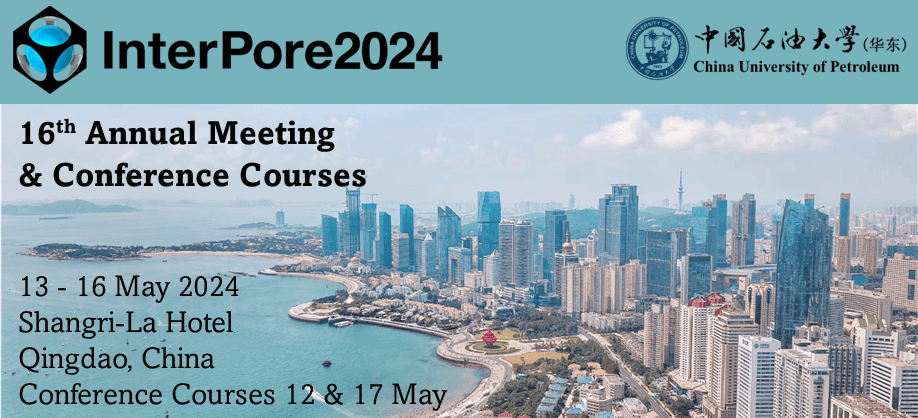Speaker
Description
Fractured rock is widely present in the crust of the Earth and provides main permeable pathways. Mineral dissolution due to reactive fluid flows would enlarge the fracture aperture, and lead to different dissolution patterns and increase the permeability. However, normal stresses would cause mechanical deformation of the fracture and pressure dissolution of contacting asperities, which can further lead to fracture closure and reduced permeability. Here, we systematically study fracture dissolution processes at different normal stresses to reveal the conditions under which fracture permeability increases or decreases. First, we develop a computational model incorporating mechanical deformation, chemical reaction at the free-fracture surfaces and pressure dissolution at contacting asperities, subsequently validating it through experiments. Comparison to existing experiment demonstrate the ability of the computational model to simulate fracture dissolution under normal stress $\sigma$. Then we use the computational model to simulate more than 300 fracture dissolution processes with a wide range of Peclet number $Pe$, second Damkohler number $Da_Ⅱ$, normal stress $\sigma$ and fracture length $L$. We elucidate the underlying mechanisms of different dissolution modes and their permeability evolution. We establish theoretical predictions for transitions of dissolution patterns: $Da_{eff}$ (effective Damkohler number) predicts the transition from wormhole to uniform dissolution; $\Lambda^{-1}$ (thickness ratio of reaction front) predicts the transition from compact to wormhole dissolution. We further develop theoretical predictions for the increase or decrease in fracture permeability under normal stress. There are two conditions under which decrease in fracture permeability occurs: (a) 1/$Da_{eff}$>2 and $a_{eff}$>1; (b) $\Lambda^{-1}$<32 and $a_{eff}$>1, where $a_{eff}$ is effective activity of solid. In all other cases, fracture permeability will increase. This work improves our understanding of fracture dissolution under mechanical deformation and pressure dissolution and is important for many subsurface engineering applications.
| Country | 中国 |
|---|---|
| Conference Proceedings | I am not interested in having my paper published in the proceedings |
| Acceptance of the Terms & Conditions | Click here to agree |




.jpg)
